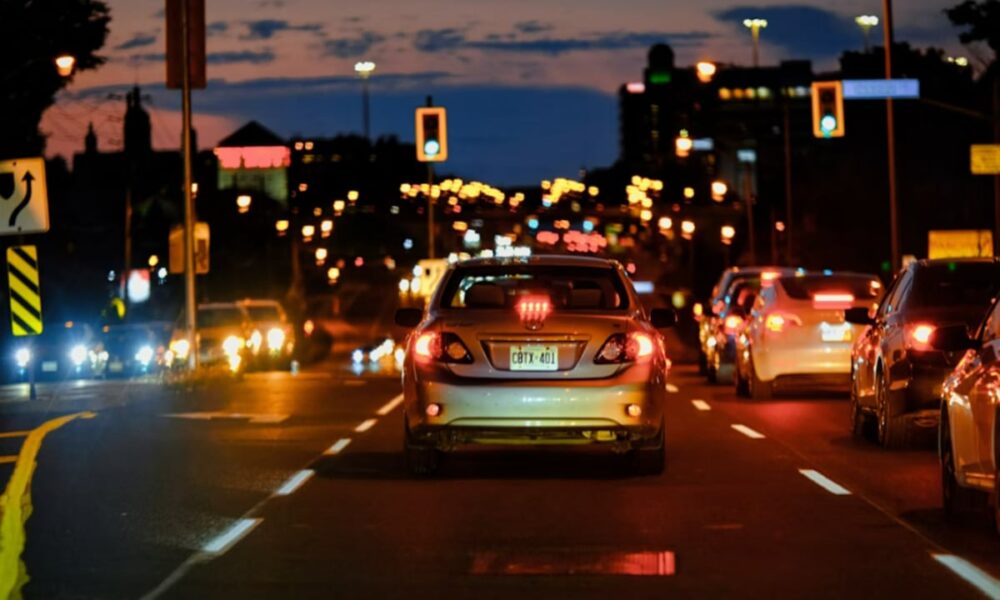URGENT UPDATE: A groundbreaking study reveals that a fare subsidy program can significantly boost daily walking among prime-aged adults. Conducted by Dr. Haruka Kato from Osaka Metropolitan University alongside Sakai City Government officials, this research highlights the urgent need for innovative health initiatives as healthcare costs rise globally.
The study, published in Research in Transportation Economics, involved a seven-week randomized controlled trial with 900 participants utilizing the HealthSmart-Senboku smartphone application. Participants were divided into subgroups: prime-aged adults (20–49 years), middle-aged adults (50–64 years), and older adults (≥65 years). The results are crucial as they could reshape public health strategies aimed at increasing physical activity.
Participants in the intervention group received either 2,000 or 1,000 points, redeemable for digital train tickets valued at 2,000 JPY or 1,000 JPY on the Senboku Rapid Railway. Remarkably, those subsidized with 1,000 points experienced an increase of 711.43 steps/day in walking among prime-aged adults. However, middle-aged and older adults did not show a similar increase compared to the control group, indicating potential age-related differences in response to incentives.
Dr. Kato stated,
“These findings suggest that fare subsidy programs that encourage active travel require appropriate pricing. Further, this provides important insights into the effectiveness of train fare subsidy programs for prime-aged adults.”
With rising healthcare costs and sedentary lifestyles becoming more prevalent, these insights are timely and critical.
As cities worldwide grapple with public health challenges, this study underscores the importance of tailored interventions that resonate with specific age groups. The implications could lead to broader adoption of similar programs in urban areas, potentially transforming how communities promote physical activity.
What’s next? Authorities and health policymakers should consider integrating these findings into future urban planning and public health strategies. This study sets a precedent for further exploration into how transportation incentives can effectively encourage healthier lifestyles across different demographics.
Stay tuned for more updates on this developing story as communities look to implement new strategies aimed at improving public health through active travel.







